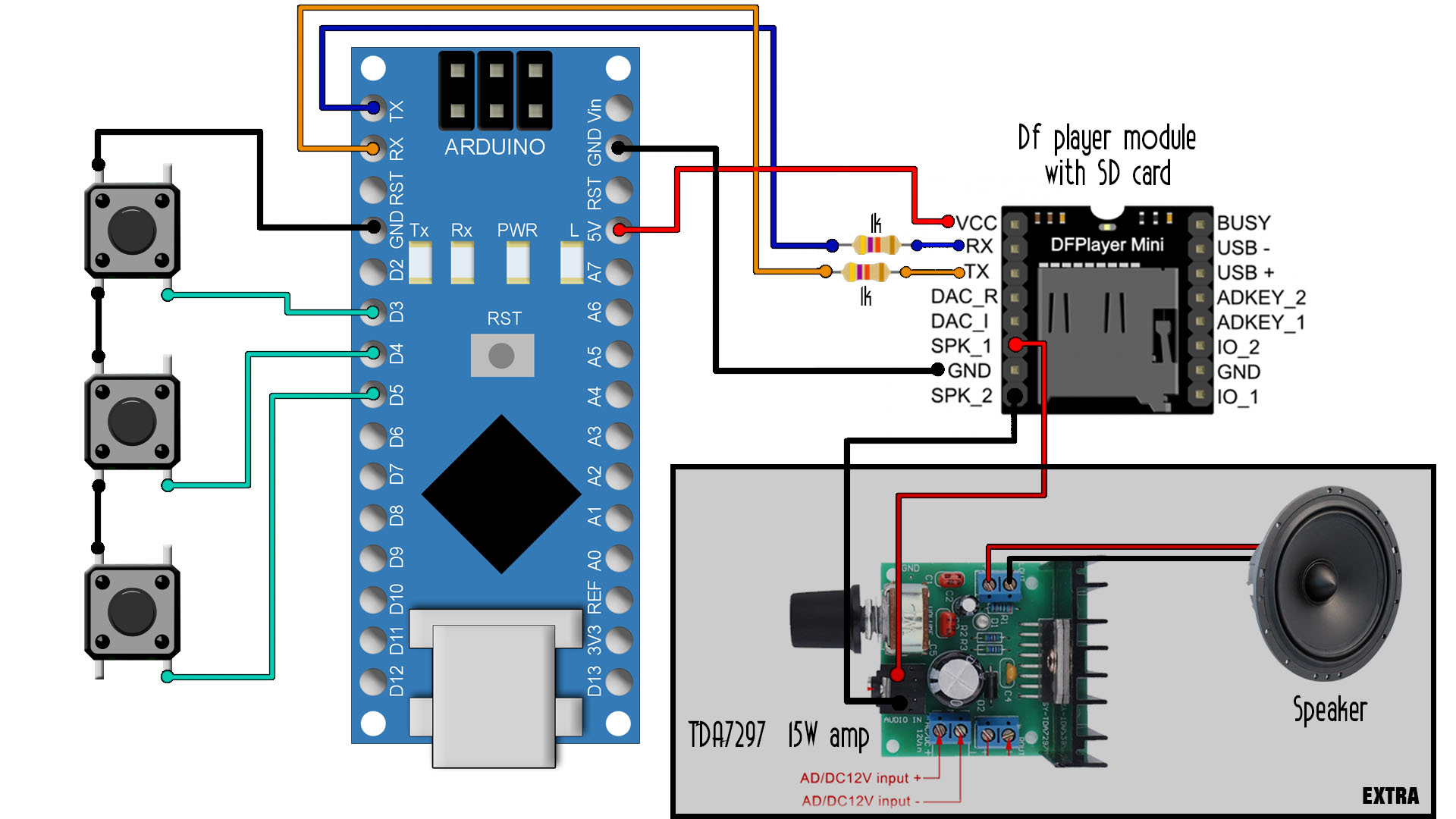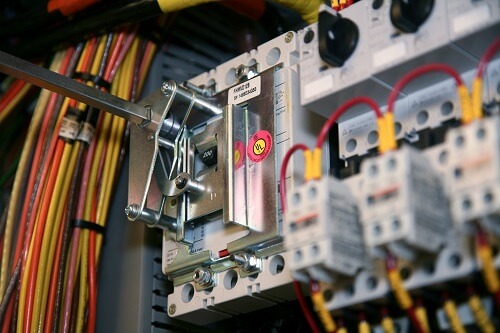

I☬ stands for Inter-integrated-circuit.Without further ado, let us jump right into what is an I☬? Today, through this blog, you will learn all about I2C, its basics and how it works. I2C is one of the most popular communication peripherals due to its fast speed and flexibility. Thus the slotted tube well, unlike strainer well receives inflow only at bottom through shingle shrouding.As an engineer, you will have to use I2C communication one day. The development of this well is done gradually with the compressed air. Finally before withdrawing the 36 cm diameter pipe casing the shingle is poured in the annular space between the education pipe and the casing pipe. As the slots are quite wide, to avoid sand entry in the pipe a filter of shingle is provided at bottom, surrounding the slotted pipe portion. The size of the slots may be 25 mm x 3 mm with 12 mm spacing. The bottom of the education pipe is slotted as shown in Fig. In the bore hole (say 36 cm diameter) a 15 cm diameter education pipe is lowered till it reaches the bottom. There should be of course an aquifer present at the bottom. But if neither of the conditions are existing the slotted tube well can be rightly constructed. If a mota formation is present cavity well may be resorted to. Obviously bore hole driven for constructing strainer well will be a failure. Sometimes the nature of subsoil formation is not anticipated correctly. The main difference between a strainer and cavity tube well is that in the former the inflow is radial whereas in the later it is spherical. Finally the water enters the tube well at the bottom with a velocity lower than the critical velocity. Since the rate of pumping is more, the velocity of water entering the coarse sand layer is critical but when it comes in the hollow the velocity is reduced. The bottom of the cavity for some thickness is thus made free of finer particles.Īfter the cavity formation only clear water enters the tube well. In the initial stages when the water is pumped out fine sand comes in the tube well with the water and consequently a hollow or cavity is formed at the bottom.

The tube well is taken down till it penetrates the impervious or mota layer and reaches the water bearing layer. It derives water from the previous layer underlying the hard impervious layer.


 0 kommentar(er)
0 kommentar(er)
